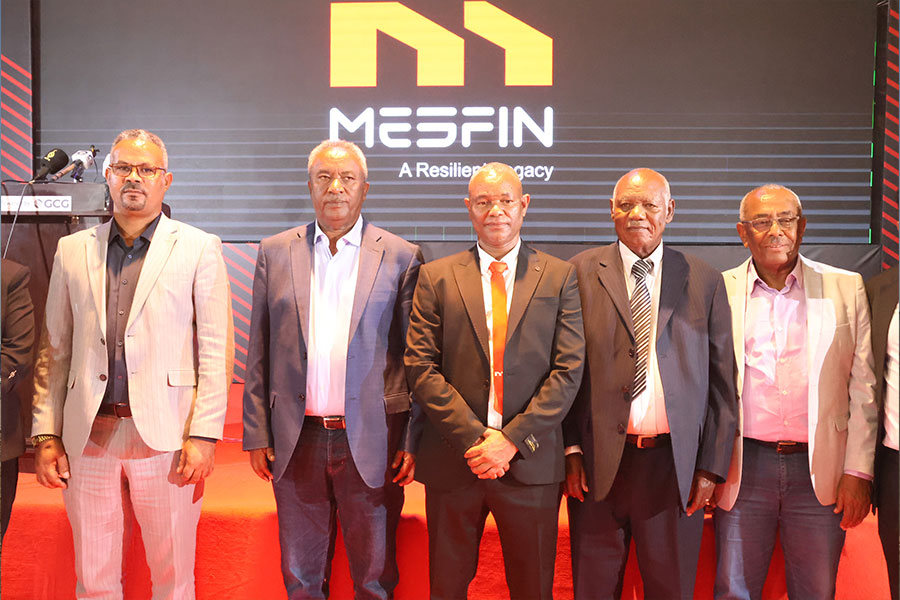
Fortune News | Oct 05,2025
Transport authorities are considering a grand bridge construction project to improve the Addis Abeba light railway system and address long-standing traffic congestion. Estimated to cost 1.2 billion Br, four high-traffic areas—Gurd Shola, CMC Meri, Gojam Berenda, and Saris Addis Sefer—have been selected for the pilot construction of overhead bridges.
According to the study, they will each span up to 70m long, stand 5.4m high, and be at least four meters wide. The construction will involve structural concrete and steel skeletons, with aluminium finishing, and is expected to be completed in six months. Authorities are also considering 30 additional overhead bridge locations, as well as underground tunnels.
Officials believe the severe congestion and accidents caused by the current road infrastructure will be addressed. The city's Roads Authority and Traffic Management Agency have completed the design and are moving to float a bid to select the contractor for overhead and underground bridges. Among the companies that showed interest is the China Communication Construction Company (CCCC).
According to Elias Zerga, deputy director of the Agency, they plan to alleviate traffic congestion and facilitate free pedestrian movement, which has had a major economic and social impact, particularly with the growing population.
"Its impact was negative on the transportation system," he said.
However, finance and structural feasibility remain key challenges, according to Elias. In the meantime, roundabouts in such areas will be converted into cross-sectional roads to ease congestion. The Sahelte Mihret roundabout is already under construction with others following suit in due time.
The light railway includes two lines, covering 32.5 km: one stretching from Ayat to Torhayloch and another from Menelik II Square to Akaki-Qaliti. It commenced in 2015 and consumed 475 million dollars, of which 85pc came from the Chinese Ex-Im Bank. It was initially managed by the Ethiopian Railway Corporation, which had losses of 15.6 billion Br this year. It was planned to provide a capacity of 15,000 passengers per hour.
Mergia Sefera, head of the Infrastructure Road Safety Engineering Department, recalls the traffic congestion and safety issues near train stations and roundabouts. He noted the difficulties pedestrians face crossing with 800m average distance between stations.
"It needed to be solved," he said.
The Addis Abeba Transport Bureau, with a 318 million Br budget and World Bank aid, is also expanding bus terminals and fleets to address transportation issues alongside railway improvements. Natnael Chane, head of transport infrastructure at the Bureau, highlighted the need for massive investment to manage congestion.
Natnael Chane suggests that uncluttering and managing the supply and demand during rush hours will significantly help alleviate transport problems. He said the steady influx of people has put tremendous pressure on cities and their transport systems, where massive investment is needed to mitigate these issues.
With only 14 out of 41 railways operational, spare parts procurement and maintenance are ongoing issues.
The study follows a previous construction bid won by the Chinese firm Jiangxi two years ago for 274.9 million Br, which failed due to disputes between the management agency and the Roads Authority. A committee comprising the city's Light Railway Corporation, Transport Bureau, and the Authority completed studying ways to address inefficiencies and formulate long-term solutions.
According to Birhanu Tilahun, CEO of the Corporation, there have been spare part changes for the past nine years where the efficiency of the rails has been depleting. Spare-part procurement to fix the current housings, more light rail procurements, and the setting up of workshops are considered in the study. Birhanu said that most have travelled over 450,000Km, where overhead maintenance should have been considered a necessary step.
The Corporation was preparing to float an international bid for the procurement of spare parts two months ago but failed to garner enough interested bidders. Efforts to improve urban transport have included major investments in the past. However, experts believe there were drawbacks.
Yonas Minalu (PhD), a lecturer in transportation planning and traffic engineering at Addis Abeba University, said a well-defined feasibility plan and better maintenance management should have been part of the deal. He recommends considering backplane electric trams as a long-term solution and emphasized the need for thorough, data-driven planning.
PUBLISHED ON
Jul 07,2024 [ VOL
25 , NO
1262]

Fortune News | Oct 05,2025
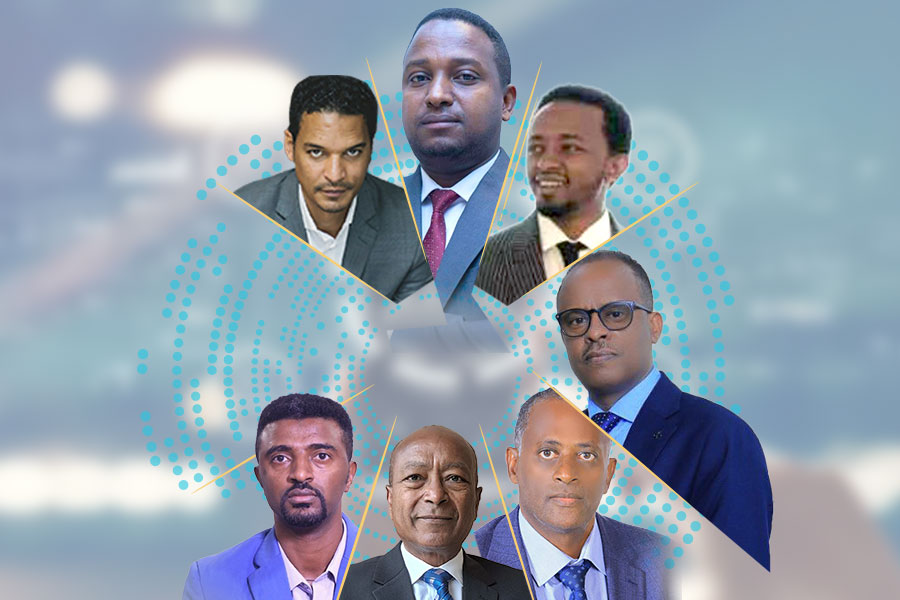
Fortune News | Jan 07,2024

My Opinion | Mar 20,2021
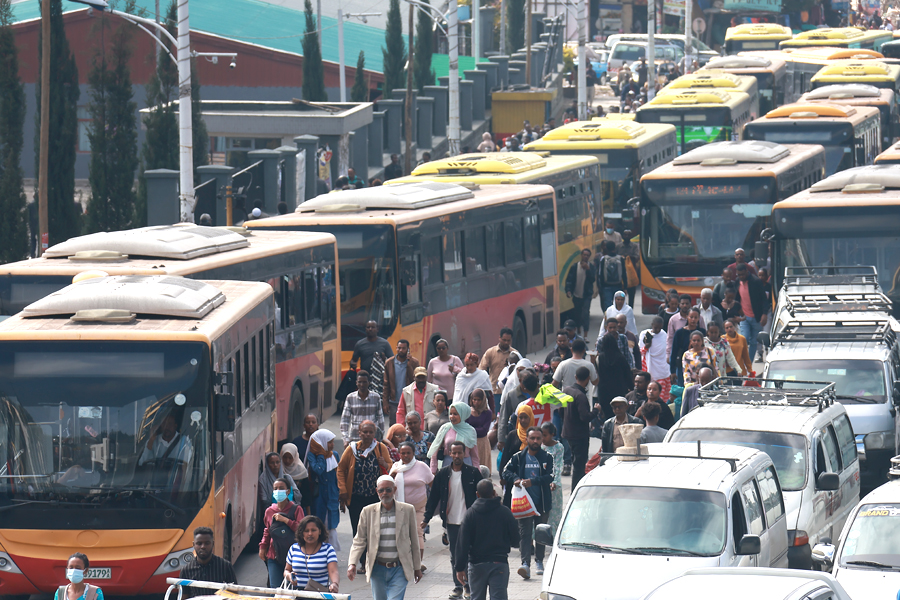
Agenda | Nov 04,2023
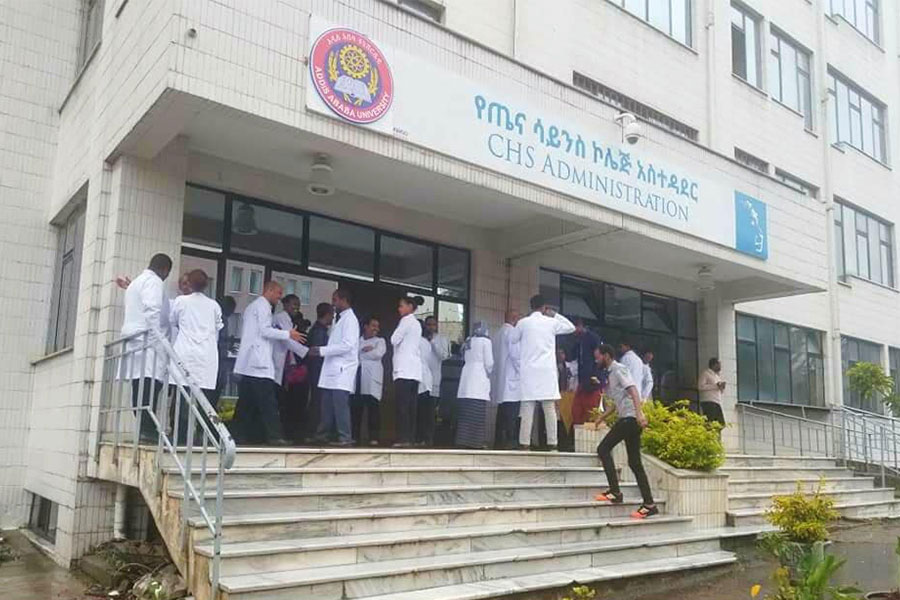
Fortune News | Aug 12,2023

Fortune News | Jul 06,2025
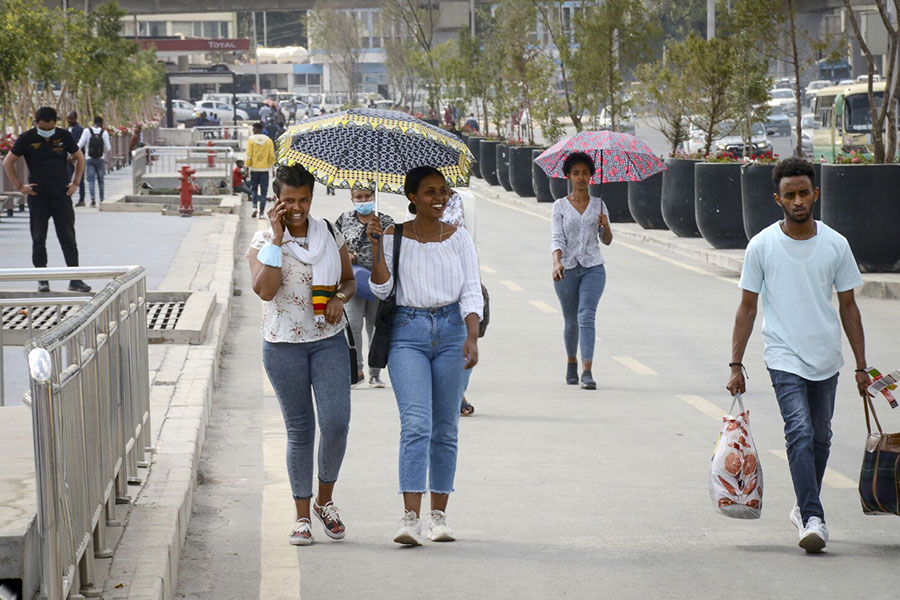
View From Arada | Mar 12,2022

Radar | Jul 24,2023
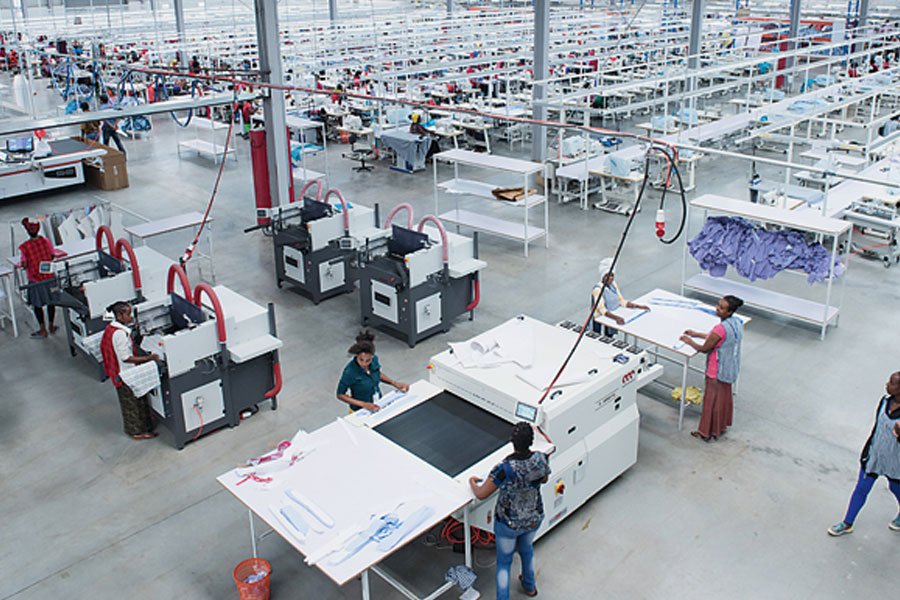

Fortune News | Mar 11,2023

Dec 22 , 2024 . By TIZITA SHEWAFERAW
Charged with transforming colossal state-owned enterprises into modern and competitiv...

Aug 18 , 2024 . By AKSAH ITALO
Although predictable Yonas Zerihun's job in the ride-hailing service is not immune to...

Jul 28 , 2024 . By TIZITA SHEWAFERAW
Unhabitual, perhaps too many, Samuel Gebreyohannes, 38, used to occasionally enjoy a couple of beers at breakfast. However, he recently swit...

Jul 13 , 2024 . By AKSAH ITALO
Investors who rely on tractors, trucks, and field vehicles for commuting, transporting commodities, and f...

Oct 11 , 2025
Ladislas Farago, a roving Associated Press (AP) correspondent, arrived in Ethiopia in...

Oct 4 , 2025
Eyob Tekalegn (PhD) had been in the Governor's chair for only weeks when, on Septembe...

Sep 27 , 2025
Four years into an experiment with “shock therapy” in education, the national moo...

Sep 20 , 2025
Getachew Reda's return to the national stage was always going to stir attention. Once...